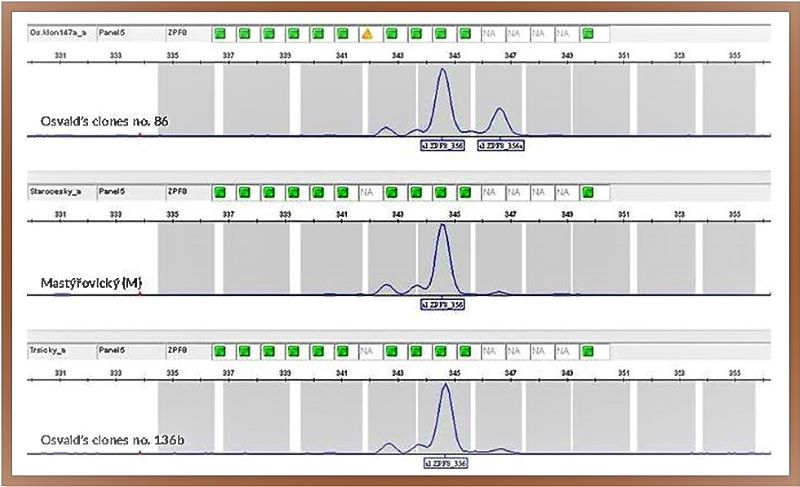Evaluation of original historical clones of hops (Humulus lupulus L.)
DOI:
https://doi.org/10.18832/kp2019.66.382Keywords:
hops, Humulus lupulus L., yield, hop resin, essential oilsAbstract
The aim of this study was to compare yield and technological parameters of Czech historical hop clones, which were grown in our current climatic conditions. The highest yields from the selected original hop clones were found in “Úštěcký smetaňák” (1.93 t/ha), “Dubský zeleňák” (1.80 t/ha) and “Hřebčí chmel” (1.51 t/ha), which is probably caused by a genetic difference from Saazer hop. On the contrary, a low yield of hops was recorded in “Mastýřovický” (0.50 t/ha). In terms of brewing parameters, the highest contents of valuable alpha acids were detected in Osvald’s clones no. 147 a/I (3.88% w/w), no. 86 (3.71% w/w) together with no. 114 (3.45% w/w), while the lowest level (1.05% w/w) was found in “Hřebčí chmel” and “Úštěcký smetaňák”. The highest contents of essential oils were measured in Osvald’s clone no. 147 a/I (0.77% w/w), “Žatecká populace” (0.68% w/w) and Osvald’s clone no. 126 (0.65% w/w). Vice versa, the clones “Mastýřovický” (0.35% w/w), “Hřebčí chmel” (0.35% w/w) and “Tršický” (0.31% w/w.) exhibited the lowest contents. The evaluated hops displayed a relatively balanced composition of essential oils with the exception of “Dubský zeleňák”, which has an extremely low ratio of farnesene (4.35% rel.), but also a high ratio of selinene (8.95% rel.). Osvald’s clone no. 124b and 126 is genetically identical with the variety of Fuggle. The results show that clones “Hřebčí chmel”, “Úštěcký smetaňák” and “Dubský zeleňák” are different from other clones.

Downloads
Published
How to Cite
Issue
Section
License
Copyright (c) 2020 Vladimír Nesvadba, Jitka Charvátová, Alena Henychová, Josef Patzak

This work is licensed under a Creative Commons Attribution 4.0 International License.







